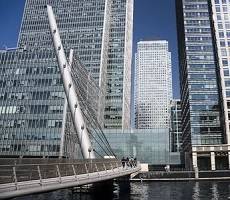May 24, 2015
Organisations reticent to take the plunge into 4G, claims report
 British businesses run the risk of missing out on the opportunities offered by the latest generation of mobile technology according to a new report from Vodafone. The YouGov study of more than 1,200 decision makers in both the public and private sector found that the majority of UK organisations are yet to introduce 4G. Nearly two thirds (64 percent) of respondents said their business or organisation does not have 4G right now and a perhaps more surprising 41 percent of those have no plans to adopt it. The survey found that cost was not generally seen as a barrier to implementation compared to more prevalent issues including a widespread misunderstanding of what 4G might offer the enterprise. Even a third of those organisations who have introduced 4G confess they don’t believe it offers any additional benefits.
British businesses run the risk of missing out on the opportunities offered by the latest generation of mobile technology according to a new report from Vodafone. The YouGov study of more than 1,200 decision makers in both the public and private sector found that the majority of UK organisations are yet to introduce 4G. Nearly two thirds (64 percent) of respondents said their business or organisation does not have 4G right now and a perhaps more surprising 41 percent of those have no plans to adopt it. The survey found that cost was not generally seen as a barrier to implementation compared to more prevalent issues including a widespread misunderstanding of what 4G might offer the enterprise. Even a third of those organisations who have introduced 4G confess they don’t believe it offers any additional benefits.






























May 8, 2015
The world’s enduring addiction to the joy and misery of commuting
by Mark Eltringham • Comment, Flexible working, Work&Place, Workplace
(more…)